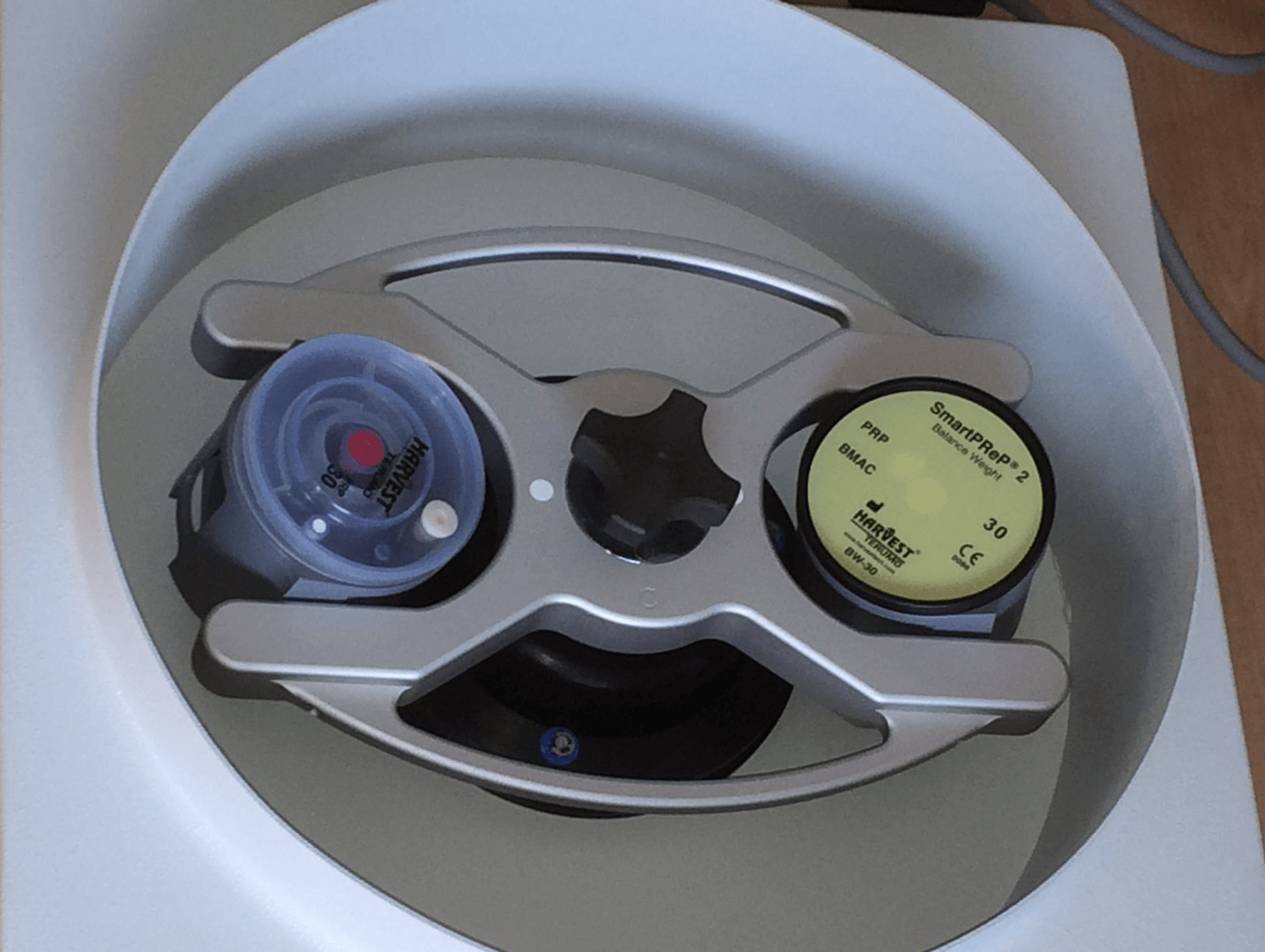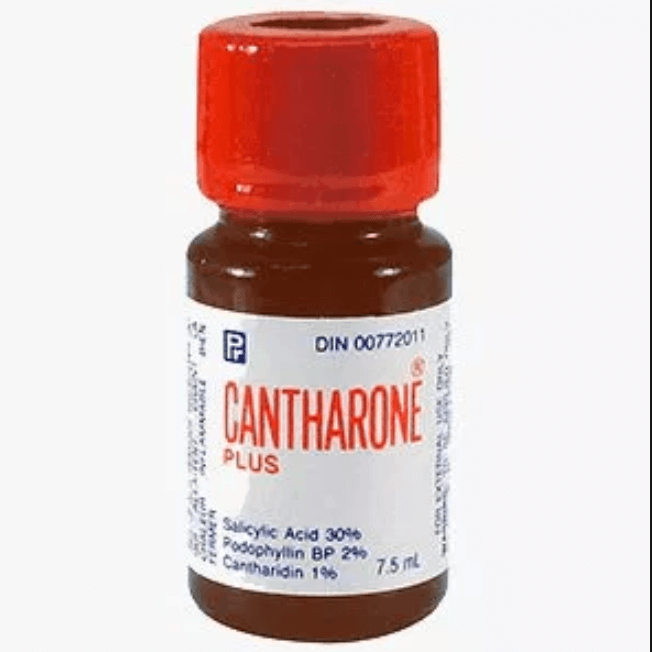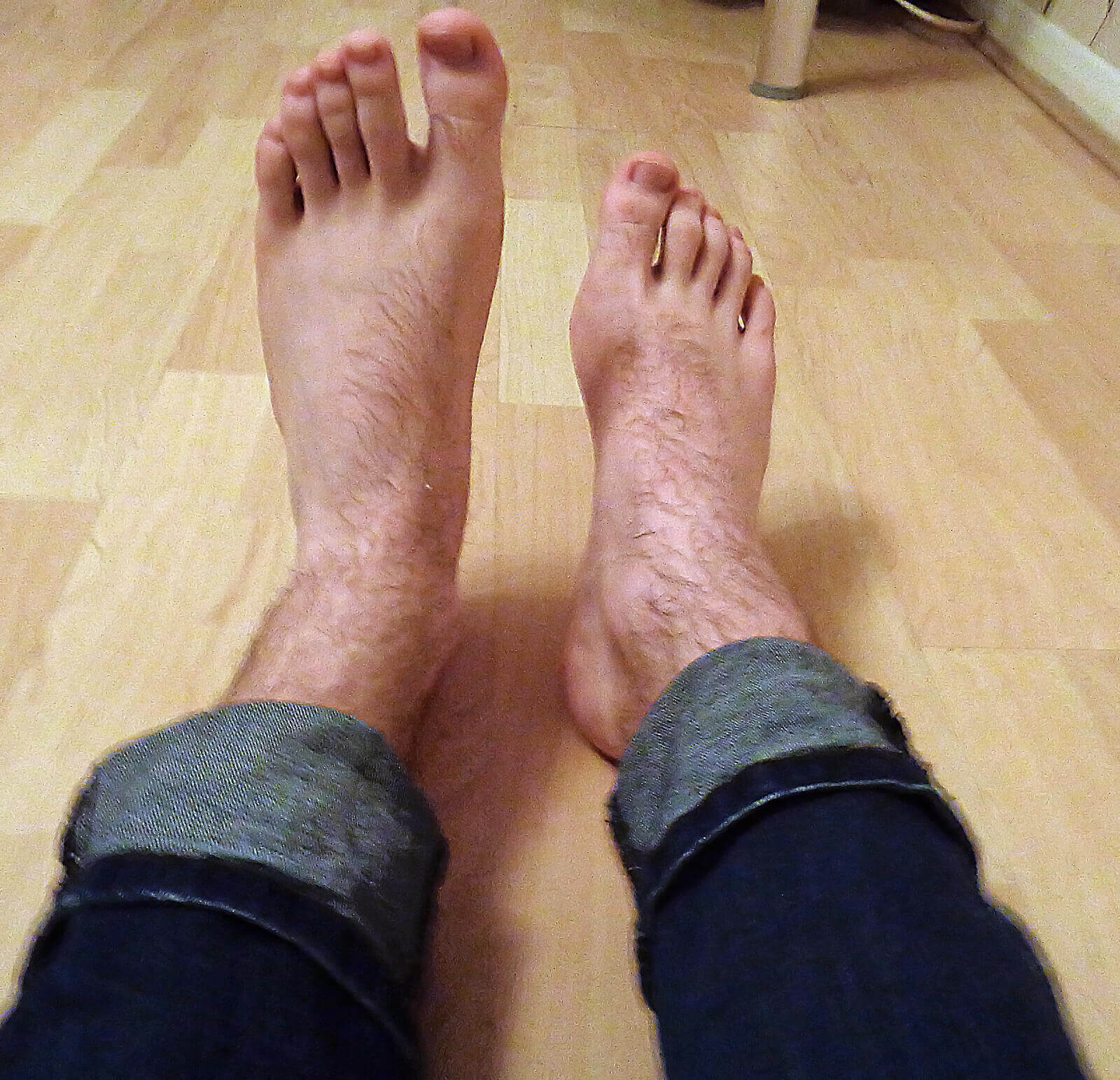
Foot drop can occur for many reasons. These include injury to the nerve following knee surgery or paralysis from polio or other neurological disorders. There are many common procedures that we perform for foot drop. One of the most common is an isolated posterior tibial tendon transfer. This procedure is used to help what is called a slapping gait or foot drop. Another common procedure performed for this as well is the bridle procedure, which is very similar to the posterior tibial tendon transfer. However it incorporates other tendons as well to provide increased stabilization.
Often times these tendon transfer procedures can allow patients to get out of a brace and provide brace-free ambulation. It is important before performing a tendon transfer procedure that patients obtain a neurological workup including nerve conduction studies. We also find it necessary to address a tight calf muscle and review with the patient their expectations. The surgery can be performed in an outpatient setting and the outcomes for this procedure are highly successful. With the procedure most people spend about 6-8 weeks non-weightbearing at which time they can begin to walk in a boot and return to ambulation. This includes physical therapy and can be up to 3 months.
If you experience foot drop and would like to no longer use a brace and be evaluated to see if you’re candidate for one of these procedures please contact our office at 425–391–8666. Myself, Dr. Brandon Nelson, or my partner Dr. Timothy Young would be happy to see you.








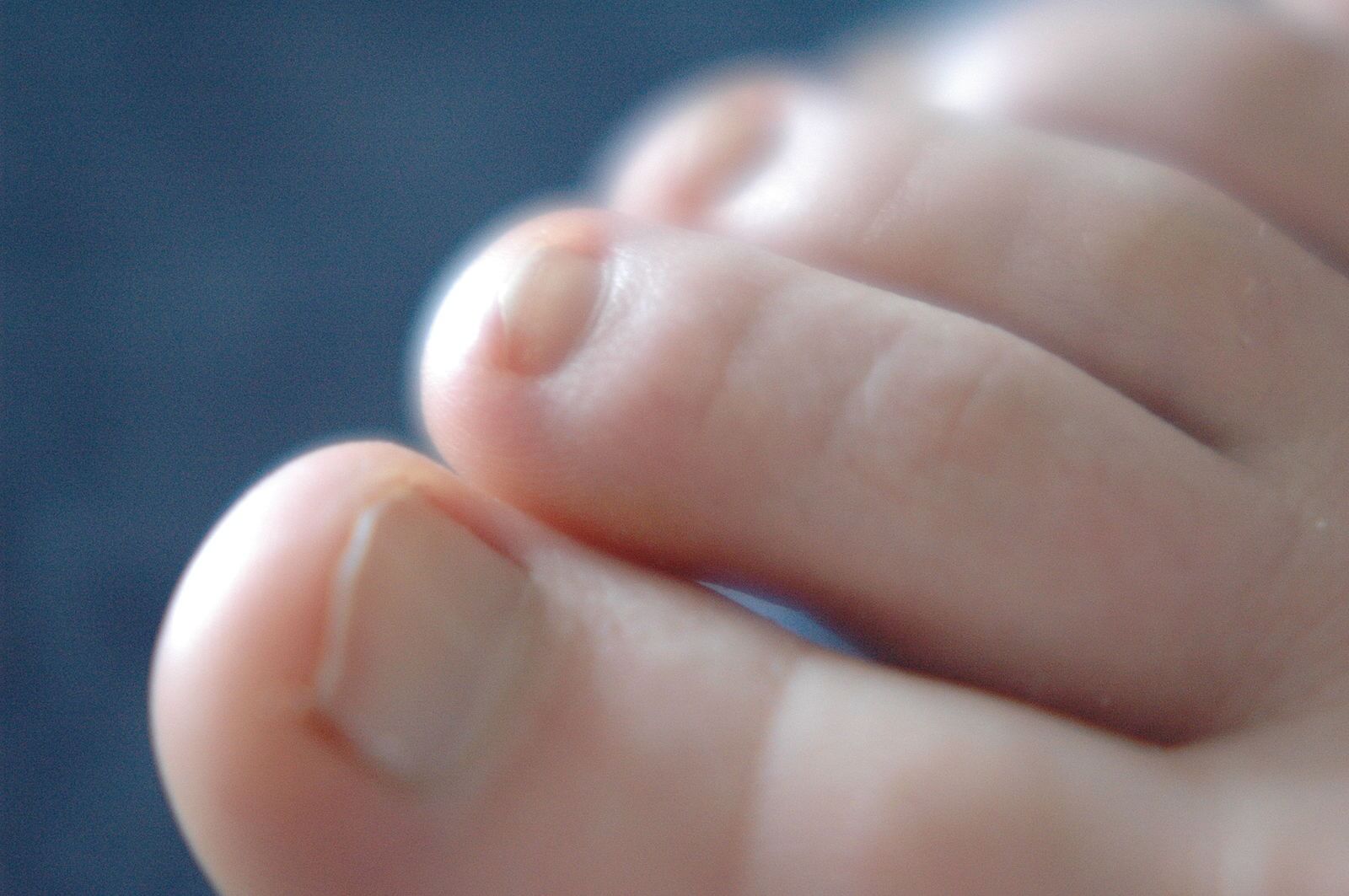
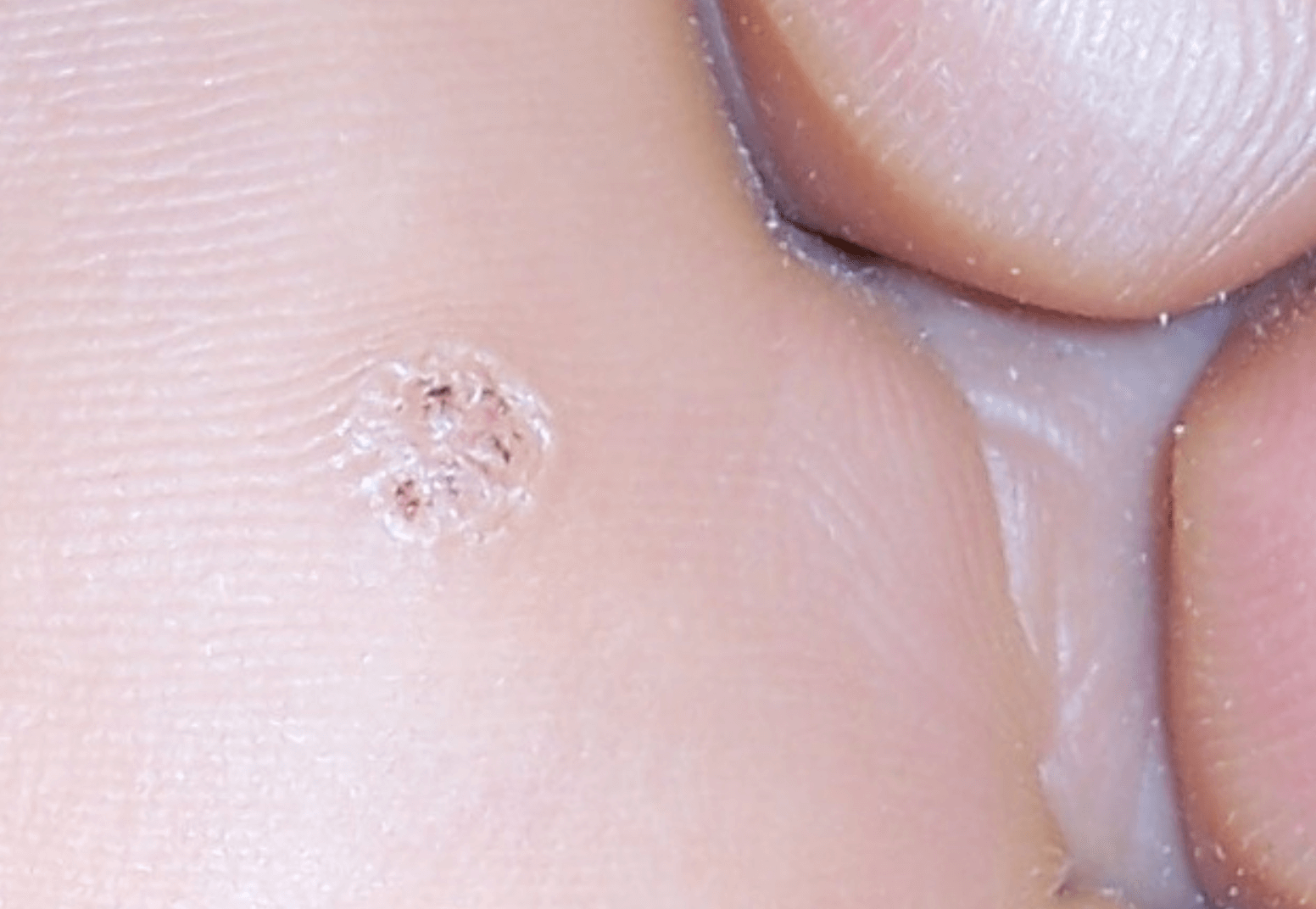
.jpg)

